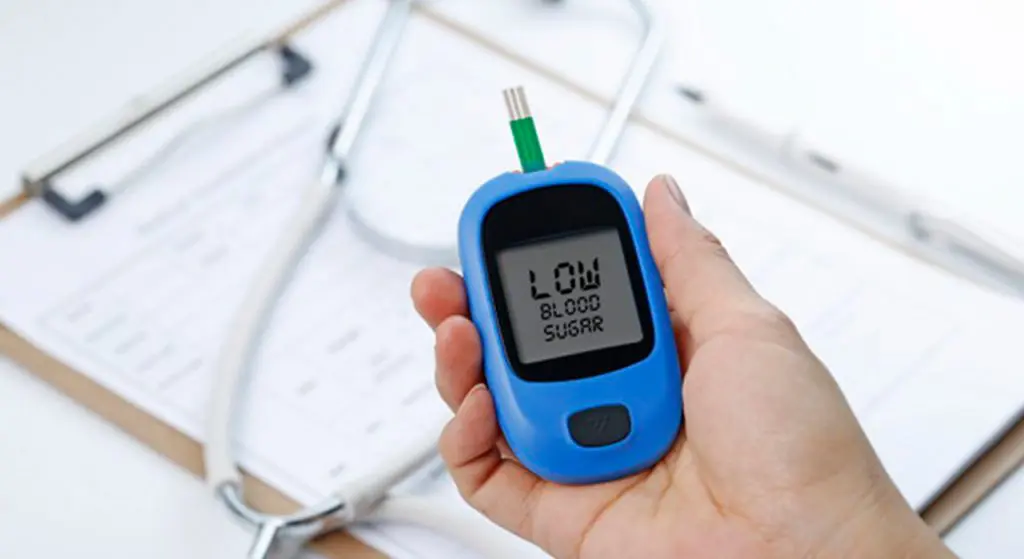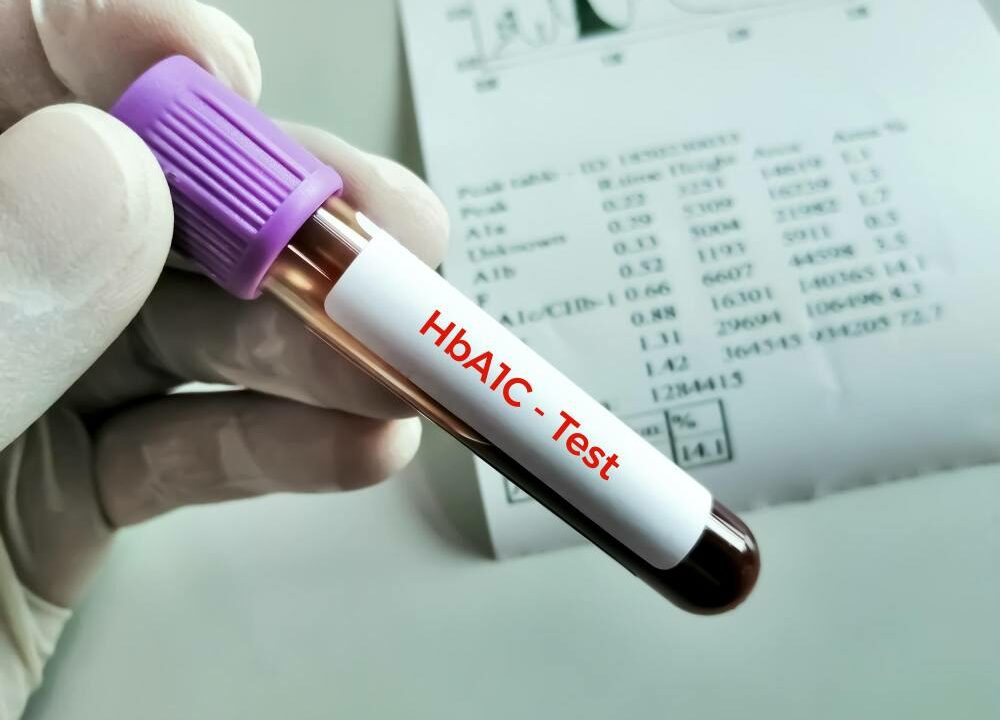Hypoglycemic Therapy: A Guide for Better Blood Sugar Control
Hypoglycemia, a condition characterized by lower-than-normal blood sugar levels, poses significant challenges. Managing this condition effectively requires a nuanced understanding of both the physiological processes involved and the therapeutic strategies available. This blog post aims to shed light on hypoglycemic therapy, offering insights into treatment options, lifestyle adjustments, and immediate treatment techniques to prevent further […]










